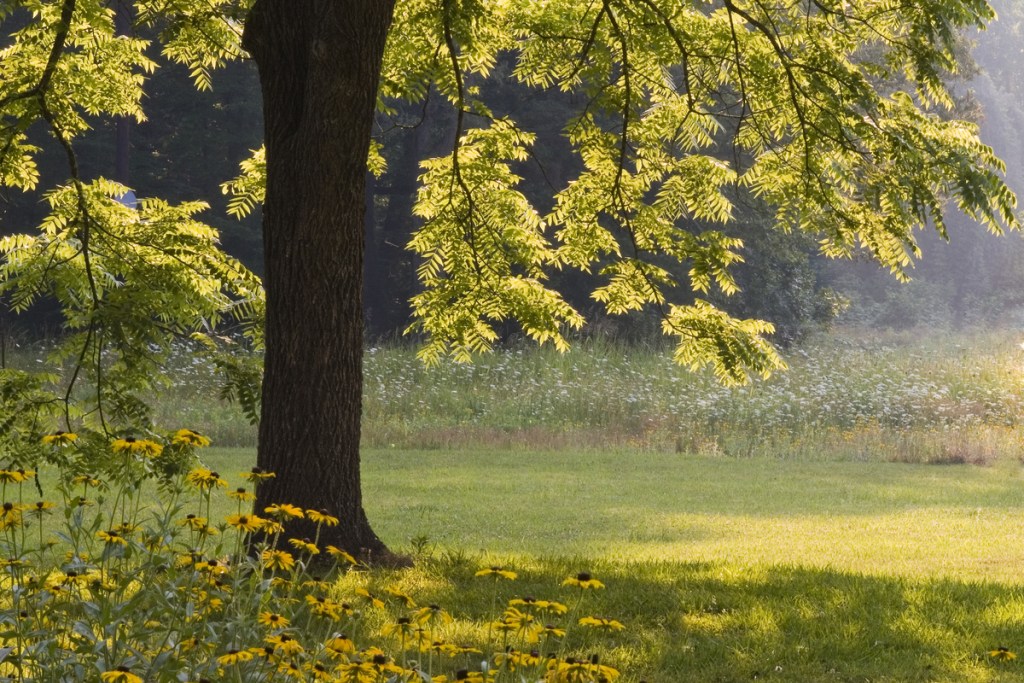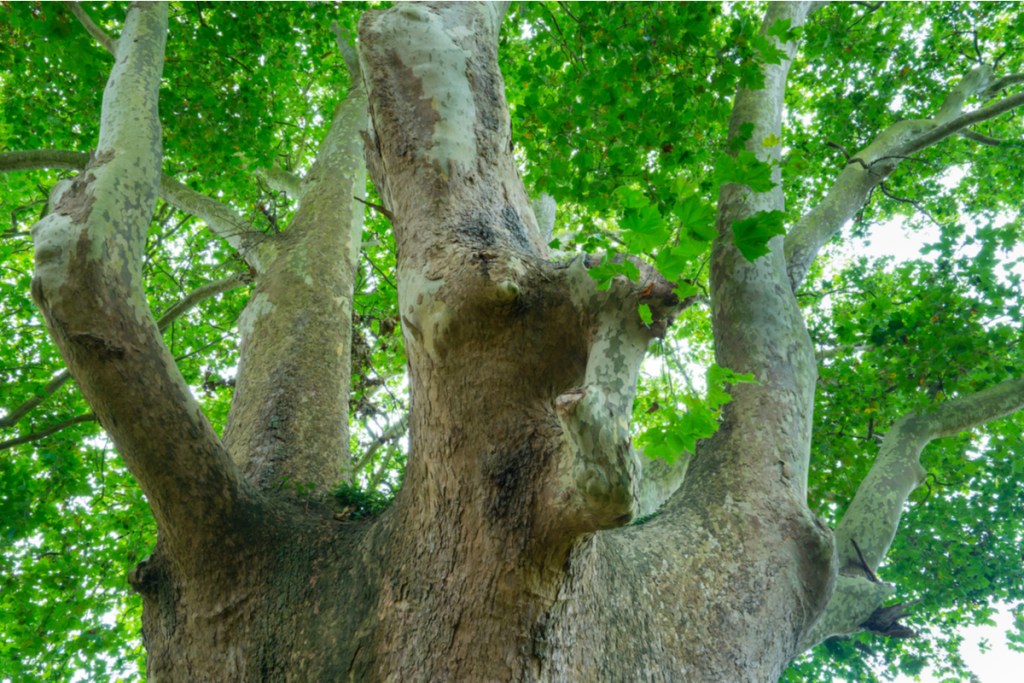Global climate change is a serious topic, one that can leave people feeling anxious and helpless. Although many aspects of climate change are out of our control, there are a few small things you can do at home to help. You can recycle, compost, and plant native plants. Turning off unused lights, reusing water when possible (such as using water leftover from cooking to water your plants), and carpooling can also help. You can also help by planting trees. Trees do a lot for the environment, such as absorbing carbon dioxide, producing oxygen, decreasing erosion, and providing food and shelter for wildlife. Since climate change is largely caused by the production of greenhouse gasses, like carbon dioxide, trees that absorb and store carbon dioxide help reduce the amount of greenhouse gasses in the atmosphere.
Here are the five best trees you can plant to help offset global warming.
Black walnut
Black walnut trees can grow to between 50 and 75 feet tall, with a canopy just as wide. They can live up to 200 years, and, with such a long lifespan, they’ll absorb a lot of carbon for years to come. Black walnuts have the added benefit of being native to the US, particularly the central and eastern states. The walnuts they produce are delicious, great for adding to granola, baking into a pie, or sprinkling on top of ice cream.
Black walnut trees are fairly easy to grow, with the exception of a low tolerance for drought. They prefer full sun, with plenty of room to grow. They need rich soil, and plenty of it, since their roots grow quite deep. They do best in areas with good airflow and are sensitive to frost damage in their early years. Although they can be grown from seed, these trees are vulnerable to theft by squirrels, so starting from a sapling is the easier method.

Oak
Oaks are also large and long-lived, storing plenty of carbon over their lives. They’re found in almost every region of the US. There are many different varieties of oak which are suited for different climates, so there’s an oak for you no matter where you live.
Plant your oak tree in full sun with well-draining soil. If you’re growing your tree from acorns, it’s best to start them in a pot so they can be monitored and protected from wildlife. An overnight soak for your acorns, followed by stratification for red oak acorns, is enough to prepare them for planting. If you’re starting from a sapling, be sure to place a protective cage or fence around it, since many creatures like snacking on young oaks.
Blue spruce
Blue spruce are massive trees, most often seen in cold climates or mountains. There are several varieties of spruce, but the blue spruce specifically is native to the Colorado region. Their size makes them excellent wind breaks for pastures and fields, and they can be used as natural fences.
Blue spruces are hardy trees, which prefer full sun and moist, well-drained soil. However, the tree is mildly drought tolerant and fares well against dry wind. Dwarf blue spruces, which are considerably smaller, have similar care requirements but can be grown in smaller gardens and even containers.

Tulip tree
Tulip trees, often called tulip poplars despite not being in the poplar family, are relatives of magnolias with lovely, tulip-shaped flowers. These trees can grow up to 120 feet tall, so they aren’t the best choice for urban planting or small spaces. If you have the room, though, these trees can be very rewarding. Their flowers are particularly enticing for a wide range of pollinators. Tulip trees prefer full sun, plenty of water, and moist, well-drained soil. Their roots don’t grow very far out from the tree, which can lead to a lack of available resources. In drier climates, supplemental watering can be a great help.
London plane
The London plane tree is a hybrid of sycamore trees and Asian plane trees, making it interesting and unique. London plane trees can grow to between 75 and 100 feet tall, with a slightly smaller spread. At this size, they’re a good fit for most medium-sized yards. These trees can grow in full sun or partial shade and prefer well-draining soil. They’re hardy through most of the US and can tolerate a wide range of soil types and soil pHs.

What if you don’t have room for a tree?
If you’re short on space, you could try planting shrubs that are effective at carbon storing. Some good examples are hedoma, rosemary, dalmonita, shrubby bullseye, and esperanza. If you live in the American southwest, shrubs may also be better suited to your environment than trees.
Here are a few more ways you can help offset global climate change:
- Start a native pollinator garden
- Find a charity you trust that’s dedicated to the environment
- Contact your representatives and tell them your concerns about climate change. Your voice matters!
- Reach out to your neighbors and community members and start a conversation about climate change.
Climate change can be frightening to think about, but by thinking about it we can find and pursue solutions. No single person can tackle climate change alone, but if everyone does their part, we can get the world back on track. Planting one or some of these five trees is a great place to start.



